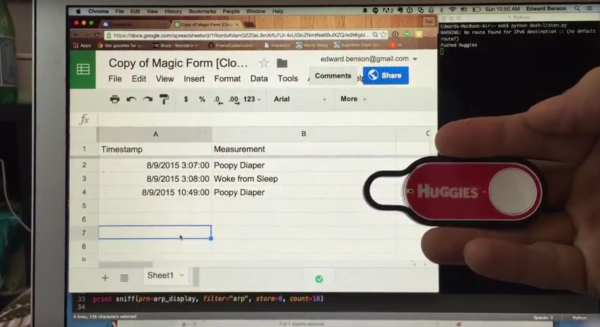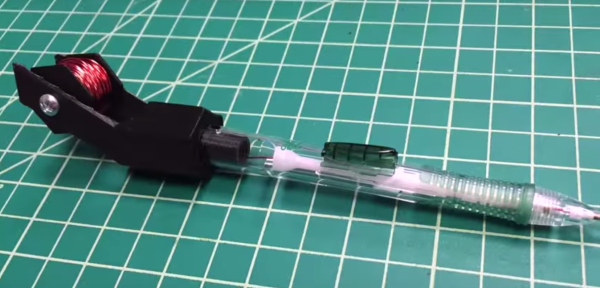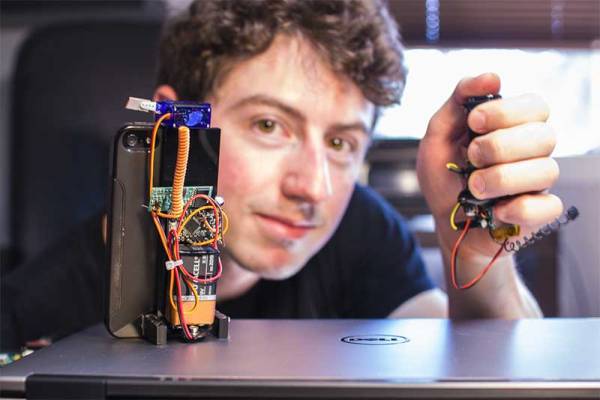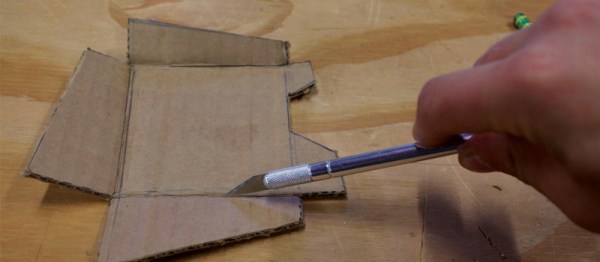2015 was the year of the unofficial hardware badge at DEF CON 23. There were a ton of different hardware badges designed for the love of custom electronics and I tried to catch up with the designer of each different badge. Here is the collection of images, video demos, and build details for each one I saw this weekend.
Whiskey Pirates
[TrueControl] did a great job with his badge design this year for the Whiskey Pirate Crew. This is a great update from the badge he designed last year, keeping the skull and bones outline. It uses a PSOC4 chip to control a ton of LEDs. The eyes are RGB pixels which are each on their own PCB that is soldered onto the back of the badge, with openings for the LED to show through. Two AA batteries power the board which has a surface-mount LED matrix. The user controls are all capacitive touch. There is a spinner around one eye, and pads for select and back. The NRF24L01 radio operates at 2.4GHz. This badge is slave to commands from last year’s badge. When the two are in the same area the 2015 badges will scroll the nickname of the 2014 badge it “sees”. The piezo element also chirps many different sounds based on the interactions with different badges.
[True] makes design an art form. The matte black solder mask looks fantastic, and he took great care in use of font, size, alignment, and things like letting copper show through for a really stunning piece of hardware art.
Keep reading for ten more great badges seen over the weekend.
Continue reading “All The Unofficial Electronic Badges Of DEF CON”

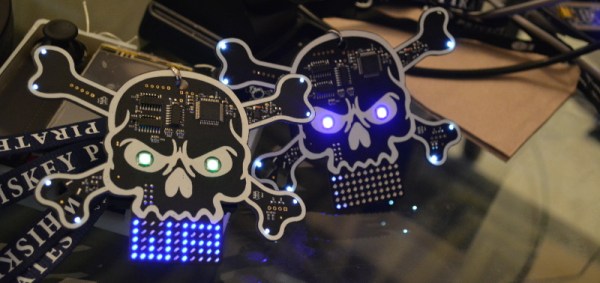


![DSC_0528 Gorgeous text treatment on back of this badge is indicative of [True's] mastery](https://i0.wp.com/hackaday.com/wp-content/uploads/2015/08/dsc_0528.jpg?w=262&h=174&ssl=1)



